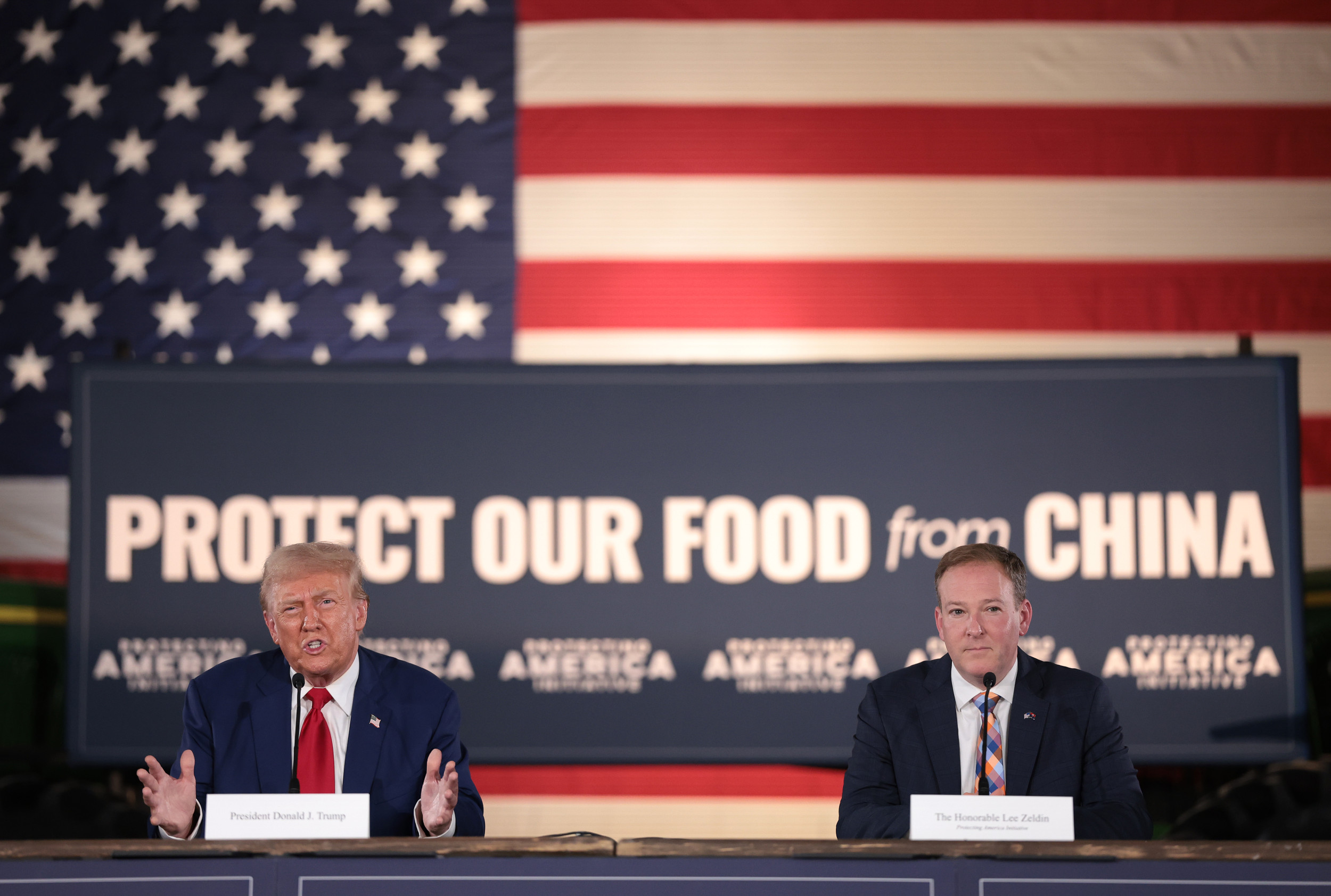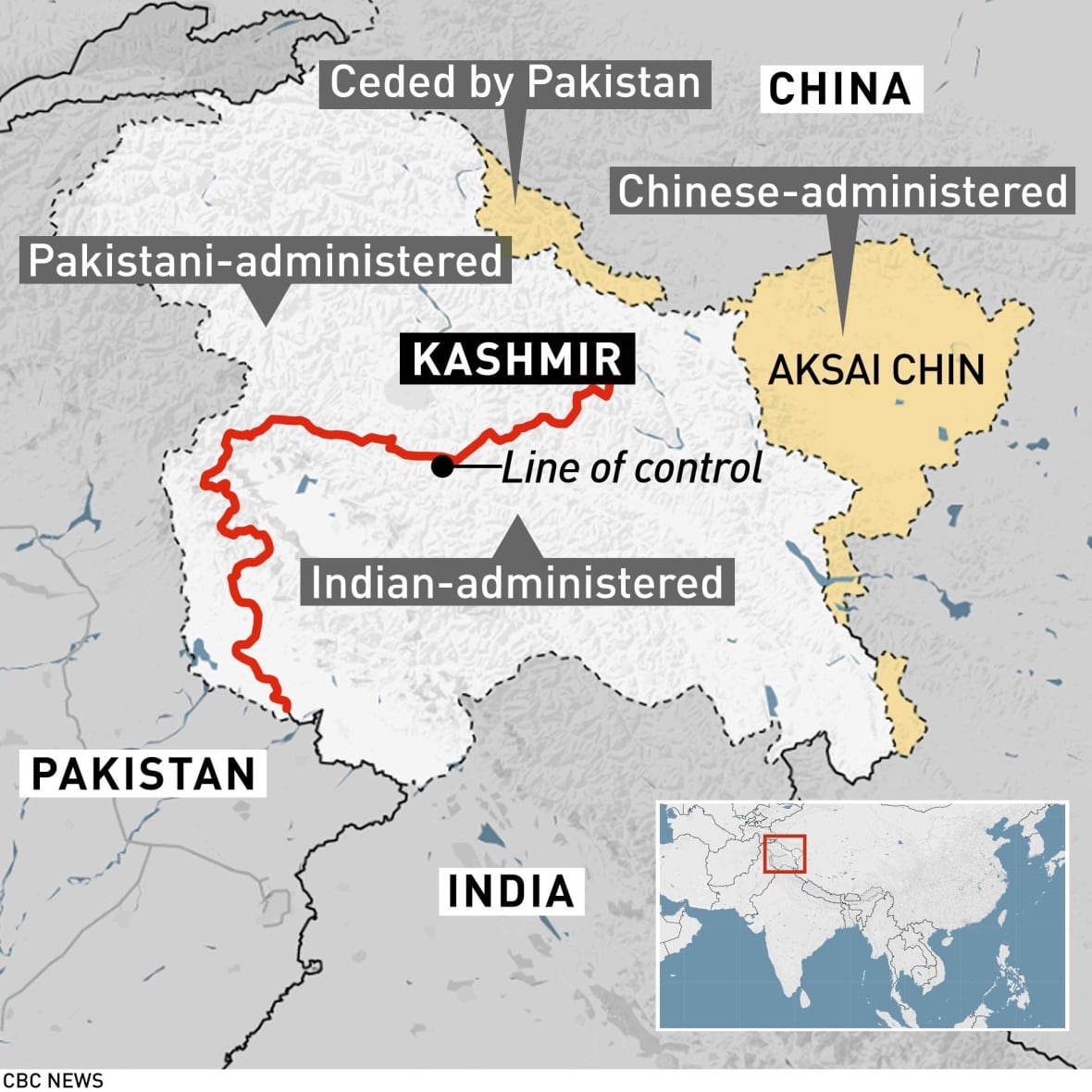Potential Tariffs On Commercial Aircraft: Trump's Trade Policy In Focus

Table of Contents
The History and Context of US-EU Trade Disputes in Aviation
The threat of potential tariffs on commercial aircraft wasn't a sudden event; it stemmed from a long-simmering dispute between Boeing and Airbus, two aviation giants.
The Boeing-Airbus Subsidy Dispute: A Long-Standing Battle
The WTO dispute between Boeing and Airbus, dating back decades, revolves around allegations of illegal government subsidies. Both sides accused each other of receiving unfair government support, distorting the market and providing an unfair competitive advantage. This protracted battle, marked by accusations, counter-accusations, and rulings from the World Trade Organization (WTO), ultimately fueled the threat of retaliatory tariffs.
- Key Dates: The dispute's timeline is complex, involving numerous investigations, rulings, and appeals spanning over two decades. Significant dates include the initial WTO complaints filed in the early 2000s and subsequent rulings authorizing retaliatory tariffs.
- Key Players: The dispute involves not only Boeing and Airbus themselves but also the US and EU governments, which played crucial roles in supporting their respective national champions.
- Significant Rulings: The WTO issued several rulings finding both the US and EU guilty of providing illegal subsidies, leading to the authorization of retaliatory tariffs. These rulings, however, were often subject to appeals and counter-appeals, prolonging the dispute.
Trump Administration's Aggressive Trade Policies: A Shift in Approach
The Trump administration's approach to trade differed significantly from its predecessors. It embraced a more aggressive, protectionist stance, utilizing tariffs as a primary tool in trade negotiations. This shift in approach significantly impacted the aviation industry.
- Tariffs as Negotiation Tools: The Trump administration viewed tariffs not just as punitive measures, but as leverage to renegotiate trade deals and extract concessions from other countries.
- Examples of Other Tariff Disputes: The Trump administration initiated tariff disputes in various sectors, including steel, aluminum, and consumer goods, demonstrating a broader pattern of trade protectionism.
- Impact on the Aviation Industry: The threat of tariffs on commercial aircraft became a focal point of this broader trade strategy, reflecting the administration's willingness to use tariffs as a tool even in strategically sensitive sectors.
Potential Economic Impacts of Tariffs on Commercial Aircraft
The potential economic consequences of tariffs on commercial aircraft were far-reaching, impacting manufacturers, airlines, consumers, and the global economy as a whole.
Impact on Aircraft Manufacturers (Boeing and Airbus):
Tariffs would have dealt a significant blow to both Boeing and Airbus.
- Financial Consequences: Increased costs due to tariffs could lead to lost sales, reduced profits, and production disruptions for both companies.
- Job Losses: The ripple effect could lead to job losses in the manufacturing sector and throughout their extensive supply chains.
- Supply Chain Disruptions: Tariffs could disrupt the intricate global supply chains that support aircraft manufacturing, further escalating costs and impacting production timelines.
Impact on Airlines and Consumers:
Higher aircraft prices, resulting from tariffs, would inevitably translate into higher costs for airlines and ultimately, consumers.
- Higher Ticket Prices: Airlines would likely pass on increased aircraft costs to consumers through higher ticket prices, potentially reducing air travel affordability.
- Reduced Air Travel: Increased airfares could deter some travelers, negatively impacting the aviation industry's growth and passenger numbers.
- Industry Competitiveness: The increased costs could reduce the competitiveness of airlines, particularly those operating on thinner profit margins.
Global Economic Consequences:
The imposition of tariffs on commercial aircraft would have broader implications for global trade and economic growth.
- Retaliatory Tariffs: Other countries might retaliate with their own tariffs, further escalating trade tensions and disrupting international trade.
- Disrupted Supply Chains: Tariffs could create further disruptions to global supply chains, affecting various industries beyond aviation.
- Impact on Global Growth: The overall impact could slow down global economic growth, particularly given the aviation industry's importance to global commerce and tourism.
Political Ramifications and International Relations
The potential tariffs on commercial aircraft had significant political ramifications, impacting US-EU relations and the international trading system.
US-EU Relations: Strained Ties and Trade Wars:
The trade dispute significantly strained US-EU relations, raising concerns about a potential trade war between two major economic powers.
- Escalation of Tensions: The threat of tariffs fueled tensions and increased the risk of further escalation in trade disputes between the US and EU.
- Other Areas of Dispute: The aircraft tariff dispute was just one element of a broader set of trade disagreements between the US and EU.
- Impact on Transatlantic Relations: The dispute negatively affected the overall transatlantic relationship, impacting cooperation on other global issues.
Impact on WTO and International Trade Rules:
The dispute raised concerns about the effectiveness of the WTO in resolving trade disputes.
- Weakening of International Rules: The use of tariffs outside the WTO framework raised concerns about a weakening of international trade rules and norms.
- WTO Reform Debate: The dispute highlighted the need for potential reforms to the WTO to make it more effective in addressing trade disputes and enforcing its rules.
- Challenges to Multilateralism: The dispute cast a shadow on multilateralism and the effectiveness of international organizations in regulating global trade.
Conclusion: Understanding the Implications of Potential Tariffs on Commercial Aircraft
The potential imposition of tariffs on commercial aircraft under the Trump administration presented a complex and multifaceted challenge with significant economic and political ramifications. The long-standing Boeing-Airbus subsidy dispute, coupled with the Trump administration's aggressive trade policies, created a volatile environment, threatening to disrupt the aviation industry and global trade. Understanding the history, potential economic impacts, and political ramifications of these potential tariffs is crucial to navigating the complexities of international trade policy. Stay informed about ongoing developments in US-EU trade relations and the impact of potential tariffs on commercial aircraft by consulting resources from the WTO, industry publications, and reputable news sources. Continue your research on potential tariffs on commercial aircraft to stay abreast of future developments in this critical sector.

Featured Posts
-
 Britannian Kruununperimysjaerjestys 2024 Taessae On Uusi Lista
May 10, 2025
Britannian Kruununperimysjaerjestys 2024 Taessae On Uusi Lista
May 10, 2025 -
 Should I Buy Palantir Stock Expert Opinions And Predictions Before May 5th
May 10, 2025
Should I Buy Palantir Stock Expert Opinions And Predictions Before May 5th
May 10, 2025 -
 Harry Styles Snl Impression A Disappointing Take
May 10, 2025
Harry Styles Snl Impression A Disappointing Take
May 10, 2025 -
 Imf Review Of Pakistans 1 3 Billion Package Tensions With India And Other News
May 10, 2025
Imf Review Of Pakistans 1 3 Billion Package Tensions With India And Other News
May 10, 2025 -
 From Wolves Training Ground To Europes Top Flight
May 10, 2025
From Wolves Training Ground To Europes Top Flight
May 10, 2025
